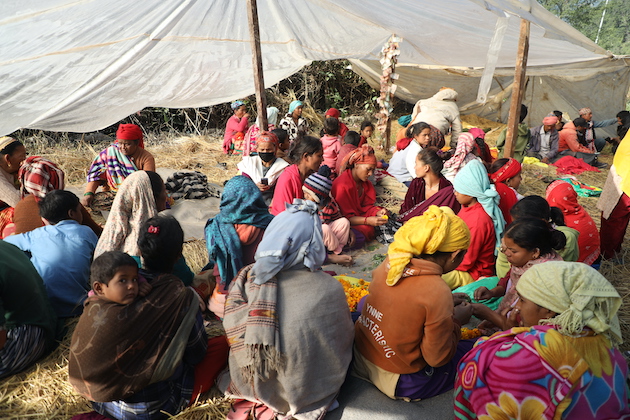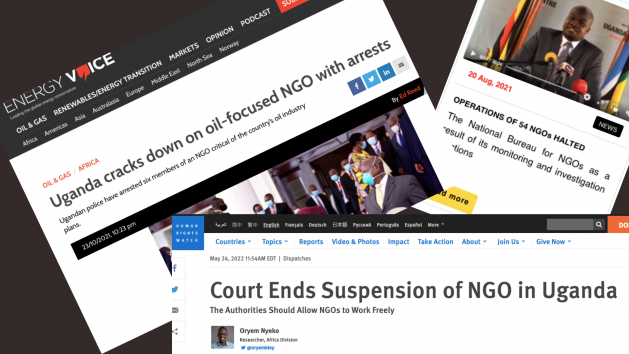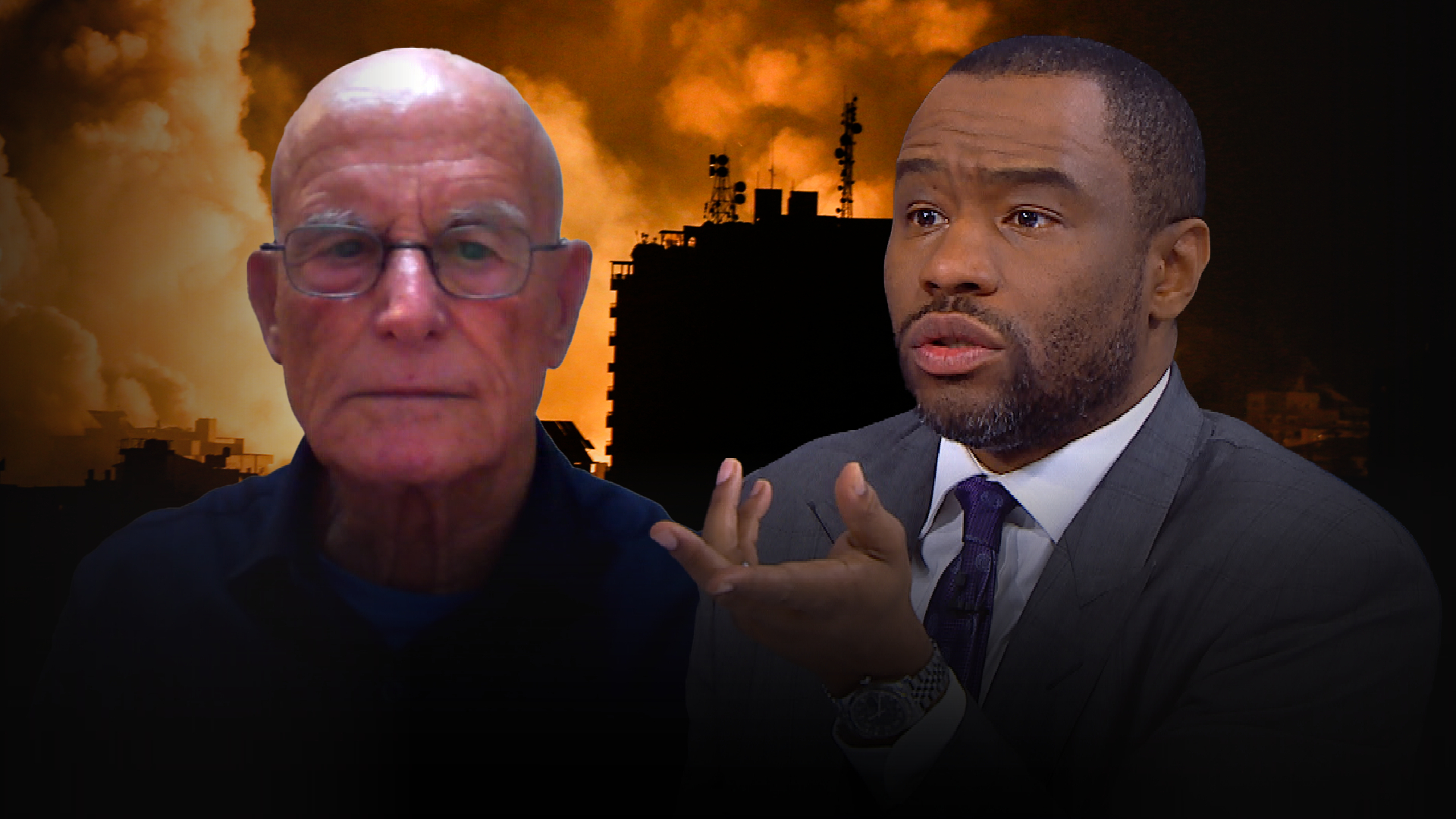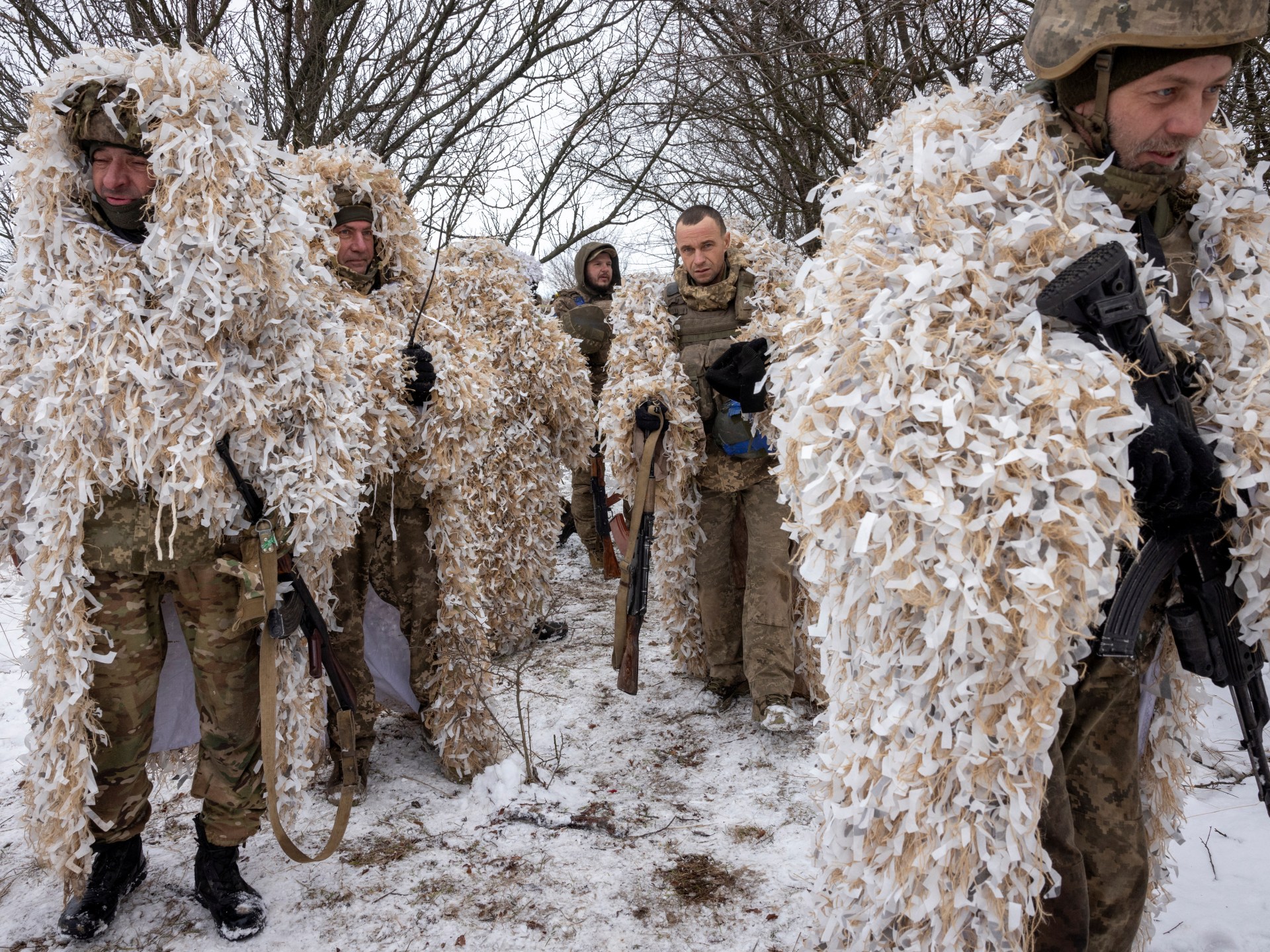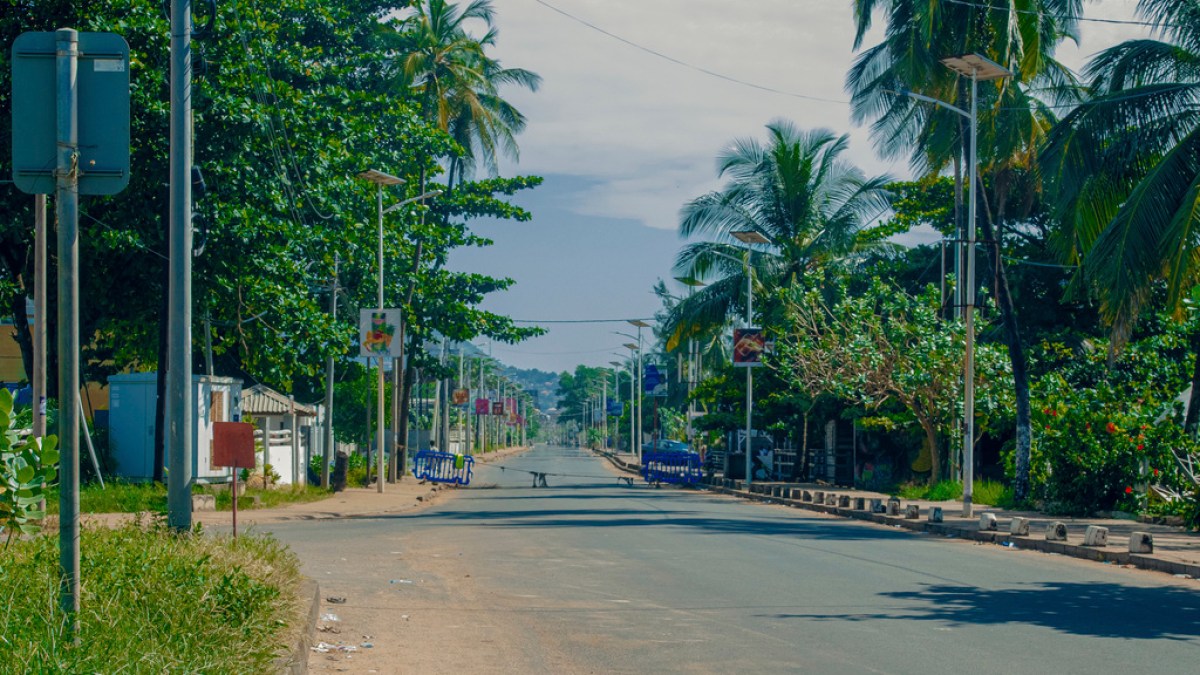Healthcare Crisis Follows Deadly Earthquake in Nepal — Global Issues
KATHMANDU, Nov 10 (IPS) – Emergency health services are grappling with the enormous challenge of providing essential care to individuals affected by a deadly earthquake that claimed the lives of at least 153 and around 400 people wounded in western Nepal.
At midnight of Friday, November 3, a powerful 6.4 magnitude earthquake struck the remote district of Jajarkot in western Nepal, and rural communities are dealing with physical destruction, loss of life, and a lack of basic healthcare services, which pose a significant threat to public health in the aftermath of the earthquake.
“Affected families are living under the open sky in this cold winter, and we are struggling to manage basic services, including food, clean water, and healthcare facilities,” explained Bir Bahadur Giri, President of Barekot Rural Municipality, which was the epicenter of the earthquake.
“Emergency responses are still ongoing, and we are witnessing incidents of cholera infections. We need dedicated support from all stakeholders to address this threat before it worsens.”
Families, having lost their homes that were either completely destroyed or damaged, are struggling. There is a shortage of clean drinking water, food, and warm shelter.
Giri, who is also a local resident, stressed the need for a robust focus not only on emergency support but also on immediate responses to public health concerns, including psychological counseling for affected families. The earthquake and subsequent aftershocks have affected the historically vulnerable Karnali region, making it more prone to public health outbreaks. The risk has increased significantly due to the latest disaster.
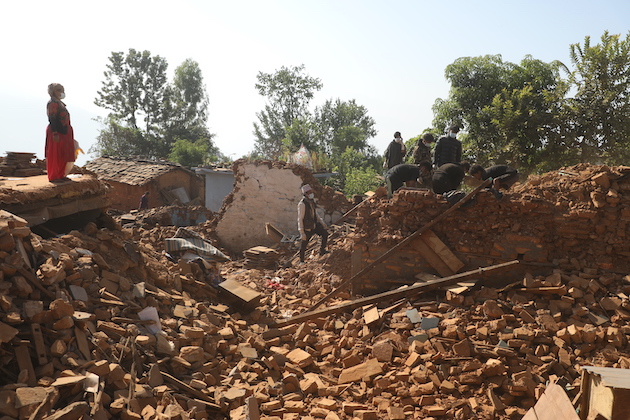
‘We Are Ready to Respond’
In the face of the crisis, the government is trying to console and keep the affected community hopeful about the assistance they will receive from the agencies. The Ministry of Health and Population claims that it is in continuous contact with the emergency medical team (EMT) and stakeholders to understand the situations on the ground. The Ministry stated, “There is a possibility of a public health-related impact after this hazard, and we are preparing for an effective response.”
As the central agency, the Karnali Province Government said it is monitoring the situation in real-time and ensuring that the response reaches the community on time. According to the Health Service Directorate of the provincial government, their current focus is on monitoring and preparing for potential health risks.
Dr Rabin Khadka, Office Chief at the Directorate, further explained, “Yes, we are facing shortages of resources and manpower, but we are trying to be ready for possible health risks. We are aware that there is a high possibility of an outbreak, and we are preparing for it, but we need help from all.”
Karnali Province, including severely affected districts like Jajarkot and West Rukum, is prone to diarrhea, cholera, and other water-borne diseases. According to the Directorate, around 500 people have died due to these diseases in the past ten years in the province.
The fear of water-borne and cold-related health risks is concerning for locals, especially when affected families are struggling to access clean water despite government agencies claiming they are prepared.
Concerning Reality
Sagar Budhathoki, a Kathmandu-based journalist who covers healthcare and is currently reporting from the earthquake-affected area, explained that the ground reality for affected families is heart-wrenching.
“Getting primary healthcare and accessing very basic needs is itself a huge battle for the locals here,” Budhathoki shared his observations. “The majority of healthcare centers are also destroyed, and now these families are fully dependent. We don’t see any effective preparedness to tackle a possible public health crisis.”
At least 14 health posts or healthcare centers have been either destroyed or damaged by the earthquake. Dr Pratikshya Bharati is leading health services at the Jajarkot district hospital, and her major concern is how remote villages will function during this challenging and demanding time when they are also hit by the earthquake.
“Healthcare facilities in the villages are struggling to maintain normal day-to-day health services,” Dr. Bharati said, “For the first few days, our focus was on rescue and emergency treatment, but now there is a fear of potential public health concerns, and we are not fully equipped.”
According to her, even the district hospital is only able to provide primary care and refer patients to hospitals in nearby cities, including Surkhet and Nepalgunj, which take at least 3 to 5 hours to reach. “If we were able to provide more services, we may be able to save a few lives,” Bhattrai shares her disappointment.
In addition to that, regular immunizations and breathing facilities are also affected. “Home delivery rates will rise because birthing centers are also destroyed,” she explained, “Institutional delivery is only at 52 percent here, and now there is a fear that risky home deliveries will increase, which is another area we need to be careful about.”
IPS UN Bureau Report
Follow @IPSNewsUNBureau
Follow IPS News UN Bureau on Instagram
© Inter Press Service (2023) — All Rights ReservedOriginal source: Inter Press Service
Check out our Latest News and Follow us at Facebook
Original Source

